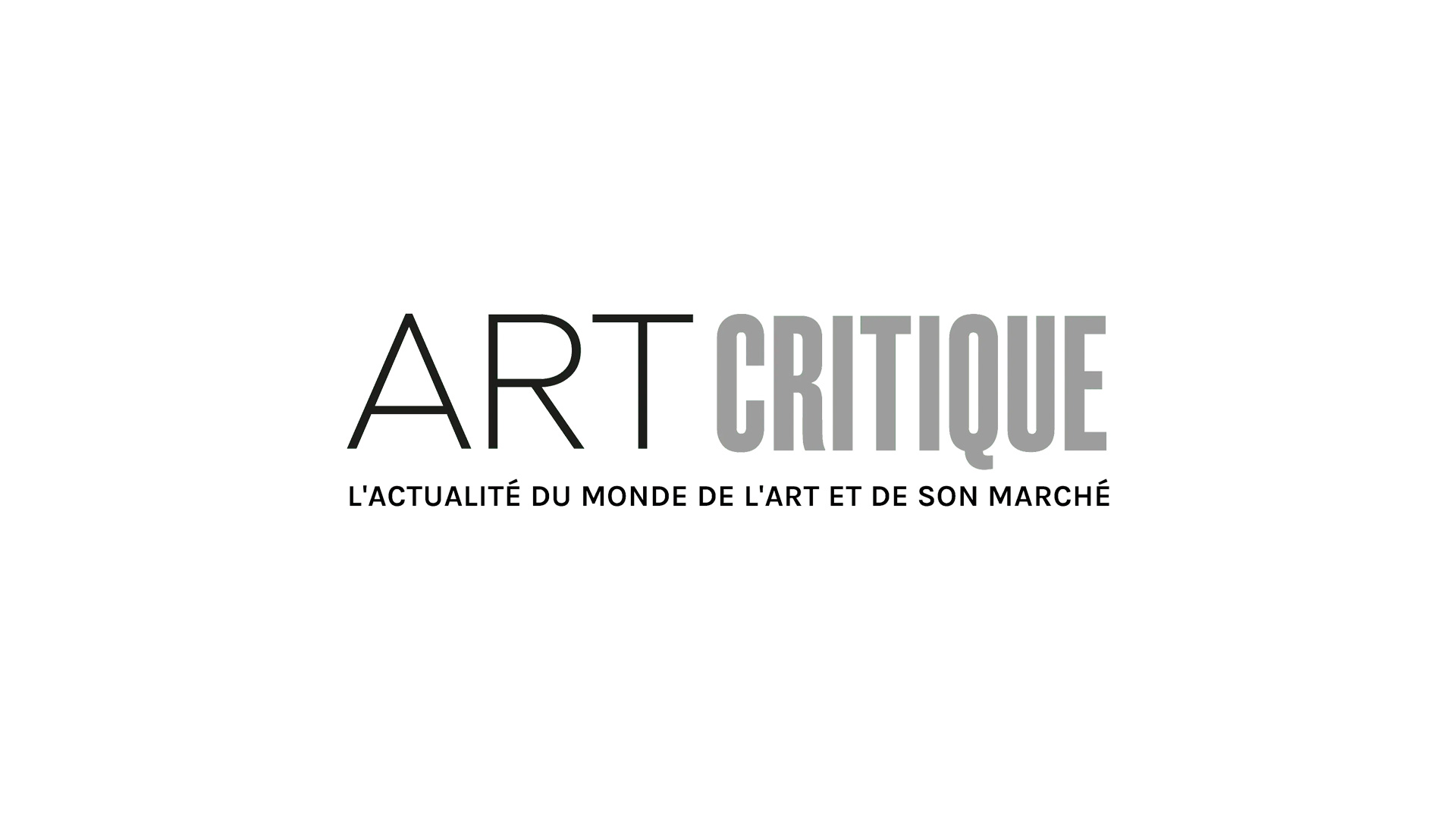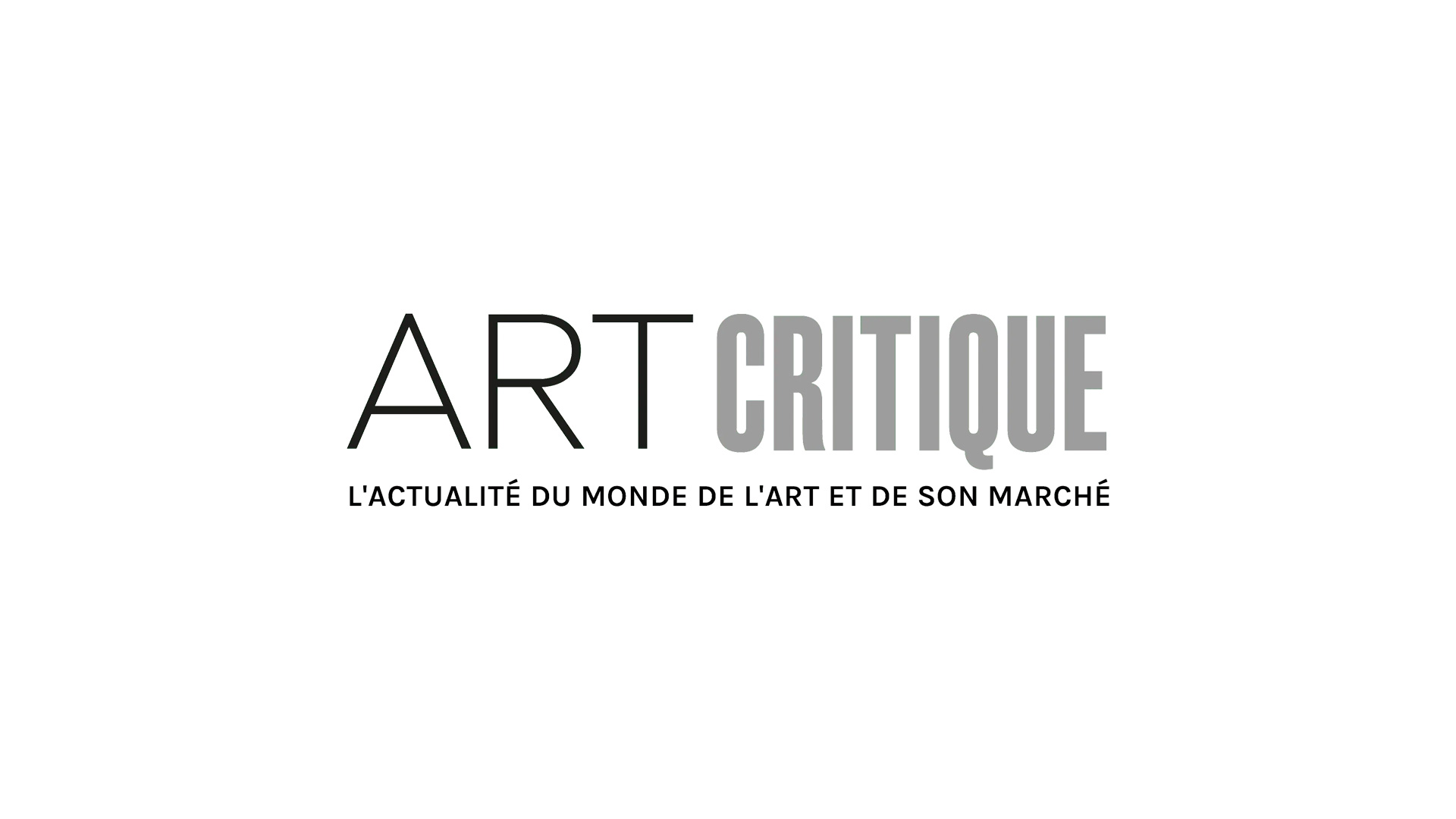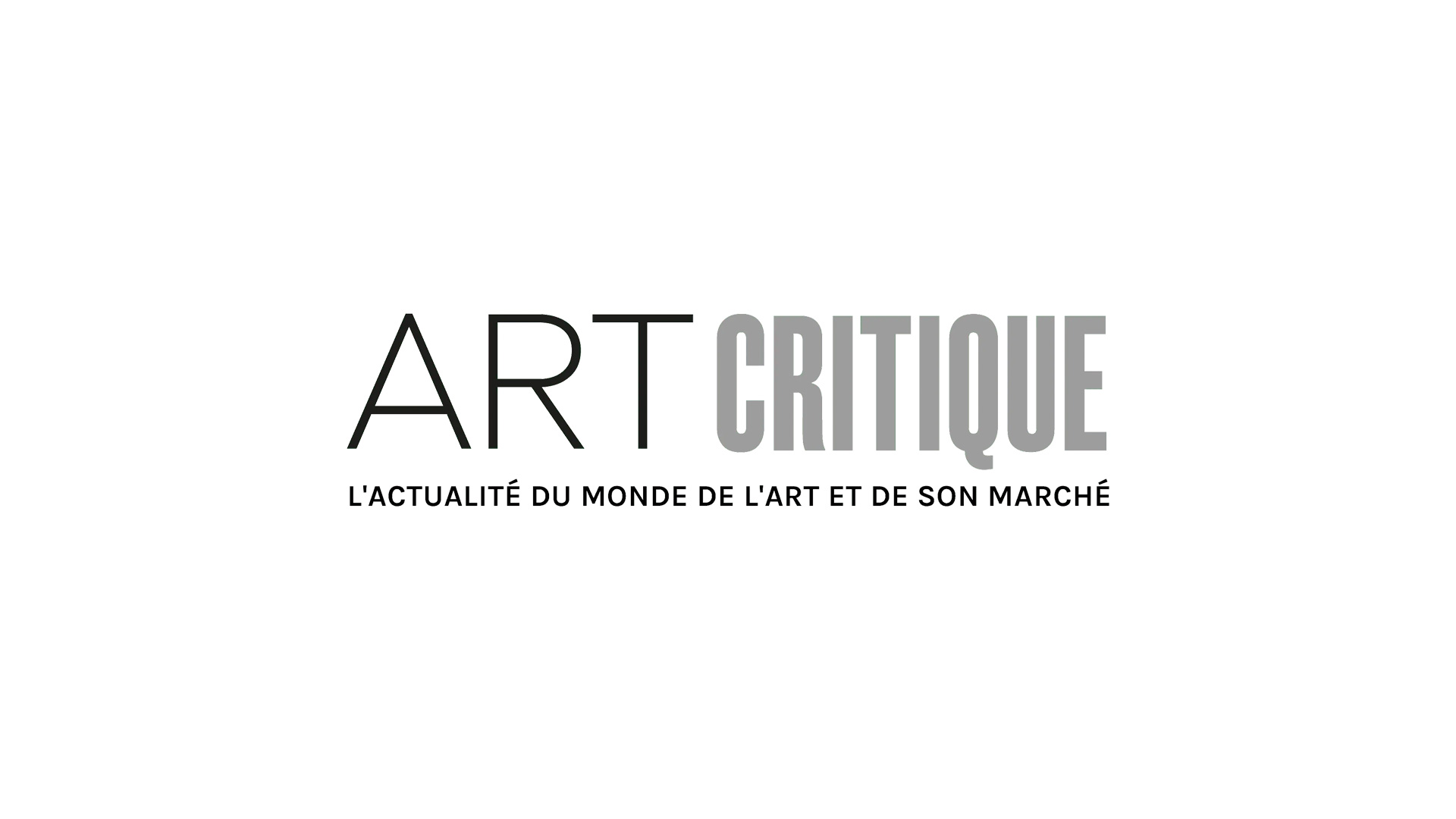Purpose of this lesson:
Street art is a relatively new movement that is becoming more and more prolific in the art world. In this lesson, we will explore the history of graffiti, which is what street art is born out of, and then explore how street art has become what it is today. Looking at the history of graffiti is critical to understand the nuances of graffiti vs. street art and to understanding the pros and cons of street art as a movement and how artists categorized as street artists have either embraced or responded to the movement. At the end of the lesson, students should have a better understanding of how graffiti paved the way for street art. They should also be able to think critically about an artwork to determine ways in which it is more kin to graffiti or street art.
This lesson is best geared towards secondary or high school level students. Here, we have presented the topic as an art history lesson but it could easily be adapted into a studio art lesson, too.
Part I: How graffiti got to the 21st century and paved the way for street art
1) To begin, ask your students what their definitions of graffiti would be. Do the same for street art.
2) Next, show your students a series of images of what most considered graffiti and street art such as these:
3) Then form a discussion around them with questions like:
- Which of these do you think are graffiti? Street art?
- What do you think the differences between graffiti and street art are? What are their similarities?
- What would you say are some characteristics of graffiti or street art?
- Do you recognize any of these artists?
- What comes to mind when you think of graffiti? Street art? Are there any connotations the accompany each style?
- Do these works have the same audiences? Who would their audiences be?
4) Definitions to keep in mind:
- Graffiti: the act of writing or producing some kind of writing, image, or defacement on public property, usually it is done without permission (Merriam-Webster Dictionary).
- Tagging: A subsect of graffiti that often consists of graffitiing your name or pseudonym on a surface. Usually, a tag consists of one work and is simple in style (Britannica).
5) Establish a timeline. The history of graffiti and thus, street art, is not exactly straight forward because it’s a subjective topic. However, starting with a brief history of graffiti is a good place to start. The timeline provided below can be adjusted to add and eliminate certain points in graffiti history. Feel free to use it as a guide when introducing students to graffiti’s history
Most any article, video, or paper you read on the topic starts out with a similar sentiment: graffiti is not a new concept. Though everyone says it, it’s good to keep that in mind and it’s important to know and understand that for about as long as there have been people, people have wanted to make themselves, their problems, and/or their likes known.
As early as the first century BCE Romans were scribbling curses, names, comments on their favourite gladiators and other thoughts onto the walls of buildings while Mayans were doing similar things at the same time halfway around the world. While some were not fond of the practice, including the Greek philosopher Plutarch, it was widely done and accepted as a form of expression and communication. It wouldn’t be until the French Revolution that these acts began to be associated with the destruction of property and by at that time, graffiti became more commonly thought of as vandalism.

Just after the French Revolution came to an end, graffiti in the United States began to pop up on railroad boxcars. Heading into the 20th century, particularly in the midst of the Great Depression, graffitied boxcars grew in numbers as drifters, who often wrote on the sides of the cars, rode the railroads from coast to coast. In the 20s and 30s, gangs that used graffiti were on the rise in southwestern cities in the US like Los Angeles. During World War II, soldiers found comradery through a graffiti-esque tag that read ‘KILROY WAS HERE!’ and was commonly accompanied by a drawing of a long-nosed man peering over a wall.
Though graffiti was happening in various parts of the world in rather humble ways, the reasons behind them were communal and they persist to graffiti today. They were a form of making sure that your presence, however miniscule it might feel, would be known by someone.

In the 1960s, though, graffiti was about to take on an entire an entirely new era that was more or less shaped by kids and teenagers. At that time, graffiti took on a new life primarily centering on New York City and Philadelphia. The simpler tagging styles of the 60s would soon morph into more complex graffiti writing typically associated with the 70s and from that, street art was born. In the 1980s, graffiti and Hip Hop, both of which were countercultural movements, fed one another and during 80s and 90s, street art developed as a subset of graffiti. Today, street art has mostly been accepted into the art history cannon with works by artists dubbed as street artists (think Banksy and KAWS) being among some of the most sought-after in today’s market.
6) Now that you’ve got a rudimentary timeline, it’s time to explore how and why graffiti hit the mainstage in the late 20th century. Perhaps start by asking students why they think graffiti became big, what made it popular, and why it’s become more mainstream today?
Graffiti, as we know it today, owes its status to kids and teens who wanted to make their mark, to say ‘I’ve been here.’ TAKI 183 and Cornbread are widely accepted as the first taggers. Both tags are pseudonyms for their owners and they began to crop up as a way for their writers to mark where they’d been. TAKI 183 was active in the 1970s; his pseudonym was born out of his name, Demetrius, which is sometimes shortened to Taki, and 183, which was his house number in New York. TAKI 183’s full name has never been revealed, which isn’t unusual as graffiti writers have often stayed in the shadows to elude law enforcement. Around the same time, Derryl ‘Cornbread’ McCray was tagging buildings around Philadelphia with his nickname, Cornbread. Before he was 20, Cornbread had become a well-known graffiti figure in Philly and in 1971, he tagged an elephant in the Philadelphia zoo, a stunt that landed him in jail.
Ultimately, graffiti became like a sport to see who could tag their name where and what territory they could take. It was often a form of communication best understood by fellow graffiti writers. What it all had in common, though was that it was illegal. As graffiti transitioned into the 70s, simple tags began to get more complicated. Lettering was becoming more intricate and stylized and graffiti writers continued to push the boundaries of where they put their works. Different levels of intricacy led to their works being denoted as ‘throw ups’ (usually bubble letters of one colour with a bold outline in another), ‘pieces’ (more than three colours, a background, and an occasional character), or ‘productions’ (a group of works by different artists usually with a cohesive colour theme). The ultimate canvas became New York’s subway cars because a completed work would be seen my more and more people but also tagging a subway car was among the riskiest moves a graffiti writer could make as it increased their chances of being caught.

The illegal nature of graffiti meant graffiti writers were underground. This created a layer of mystery around graffiti and excitement as one day a wall might be blank and the next, it might have a new work on it. Its mysterious nature led to more people taking note and that, in turn, led to some graffiti writers to want to make their works more accessible to the masses. This would be the foundation on which street artists would develop.
7) Part I lesson wrap-up:
Activity:
- For a studio class, have students design a tag for themselves. This might include their name, a pseudonym, or a symbol for themself. Students should make choices for their style (lettering or stencils, for example), and what kind of medium they would use (paint and brush, spray paint, tight lines or drips, etc).
- For an art history class, have students choose an aspect of graffiti or street art, or a graffiti writer or street artist to research. Or, have students analyze a work of graffiti or street art; assess the principles and elements of design used in the work, discuss the medium used and potential audience, or compare and contrast a work of graffiti and street art.
- Ask students some final discussion questions:
- What would you add to what we’ve talked about today?
- What forms of graffiti do you see today? Is it more traditional, on the sides of buildings? Is it more mainstream, in advertisements?
- Do you think that graffiti is as relevant today with things like social media?
- Which, if any, graffiti artists are most known and popular in your opinion?
- How do you think you’ll view graffiti and street art moving forward?
Resources:
TedEd ‘Is graffiti art? Or vandalism?’ by Kelly Wall
Google Arts & Culture: Street Art
‘Mural’ vs. ‘Graffiti’ vs. ‘Street Art’: my definitions.
PBS NewsHour ‘The History of American Graffiti’: From Subway to Gallery’















